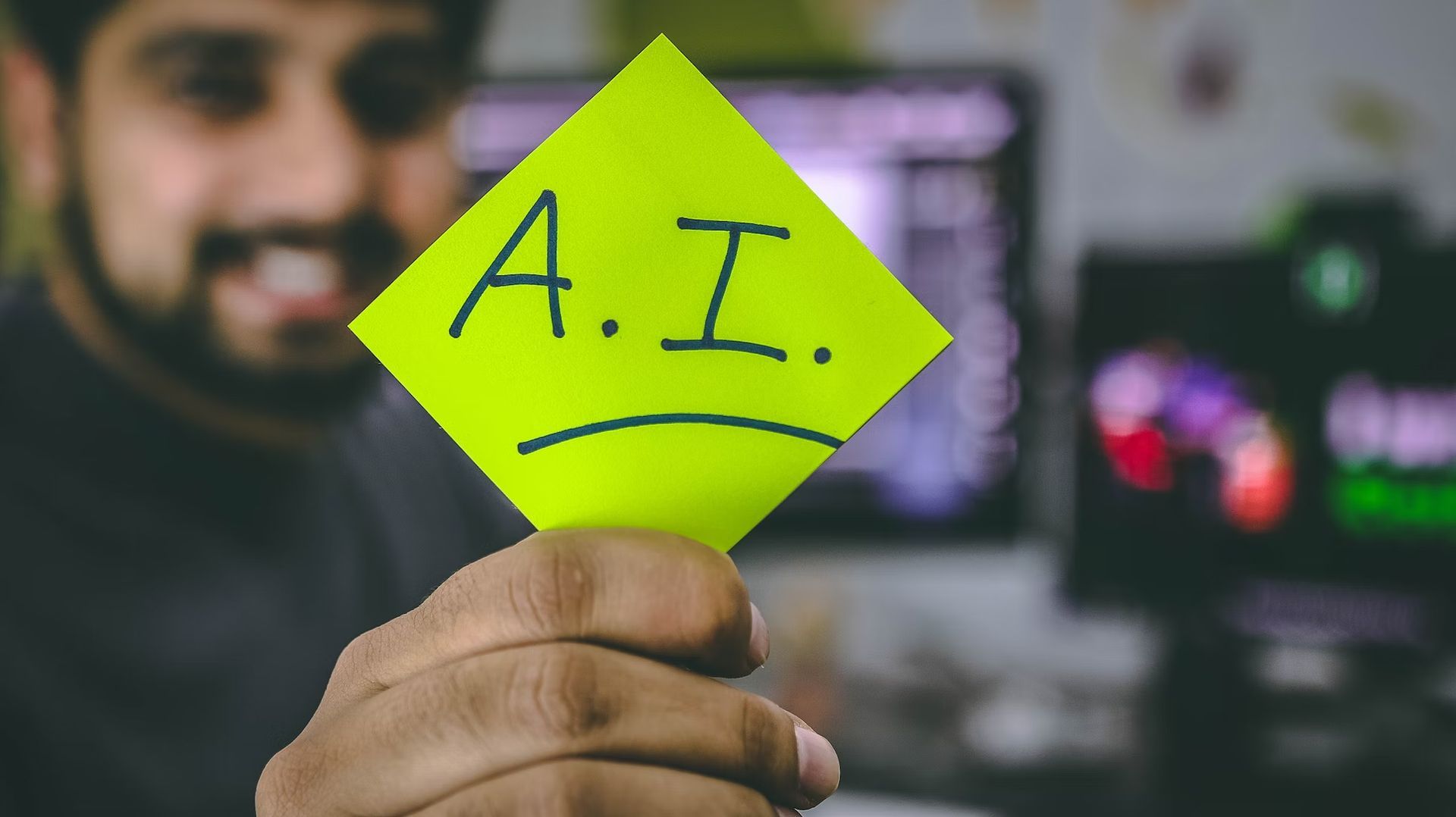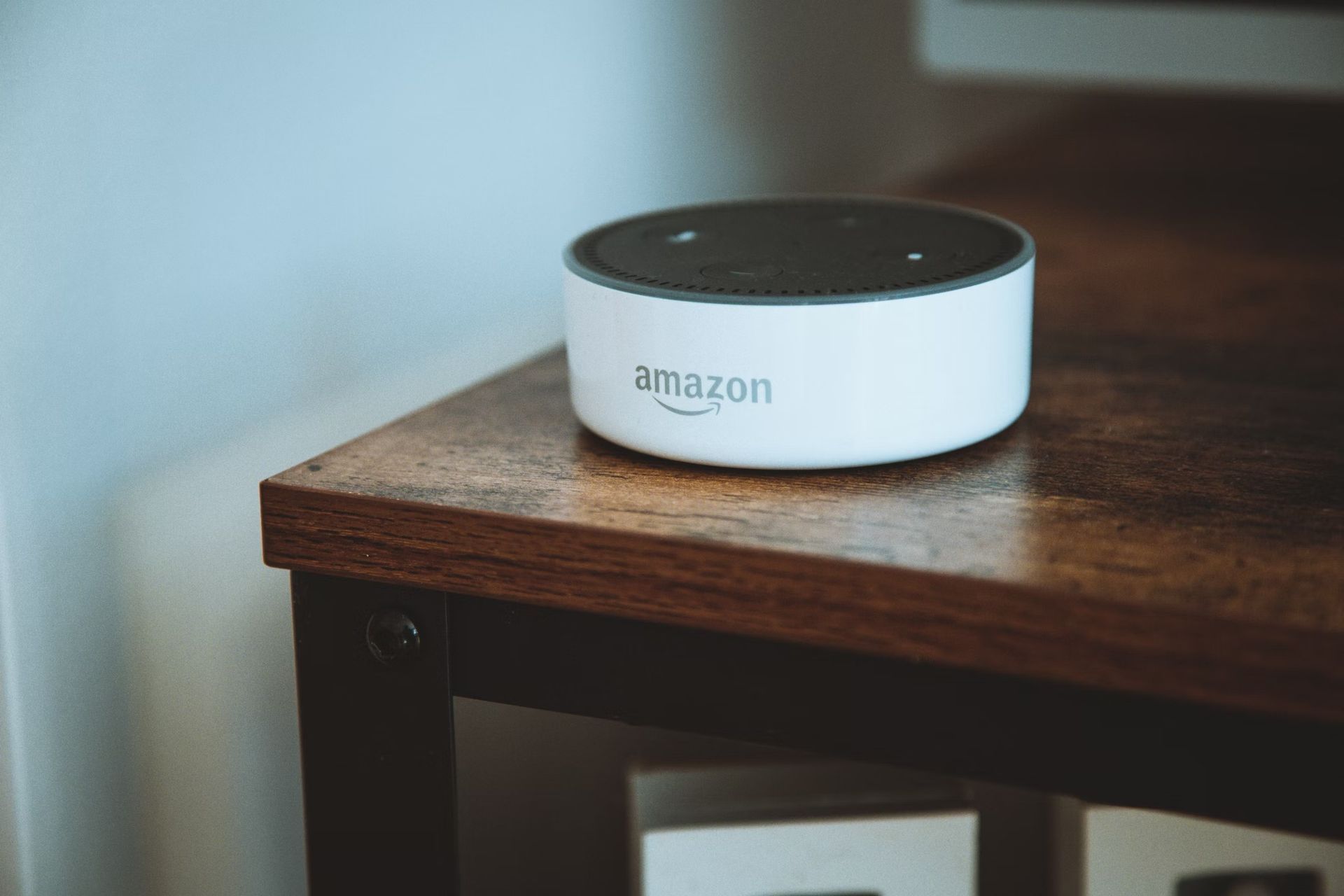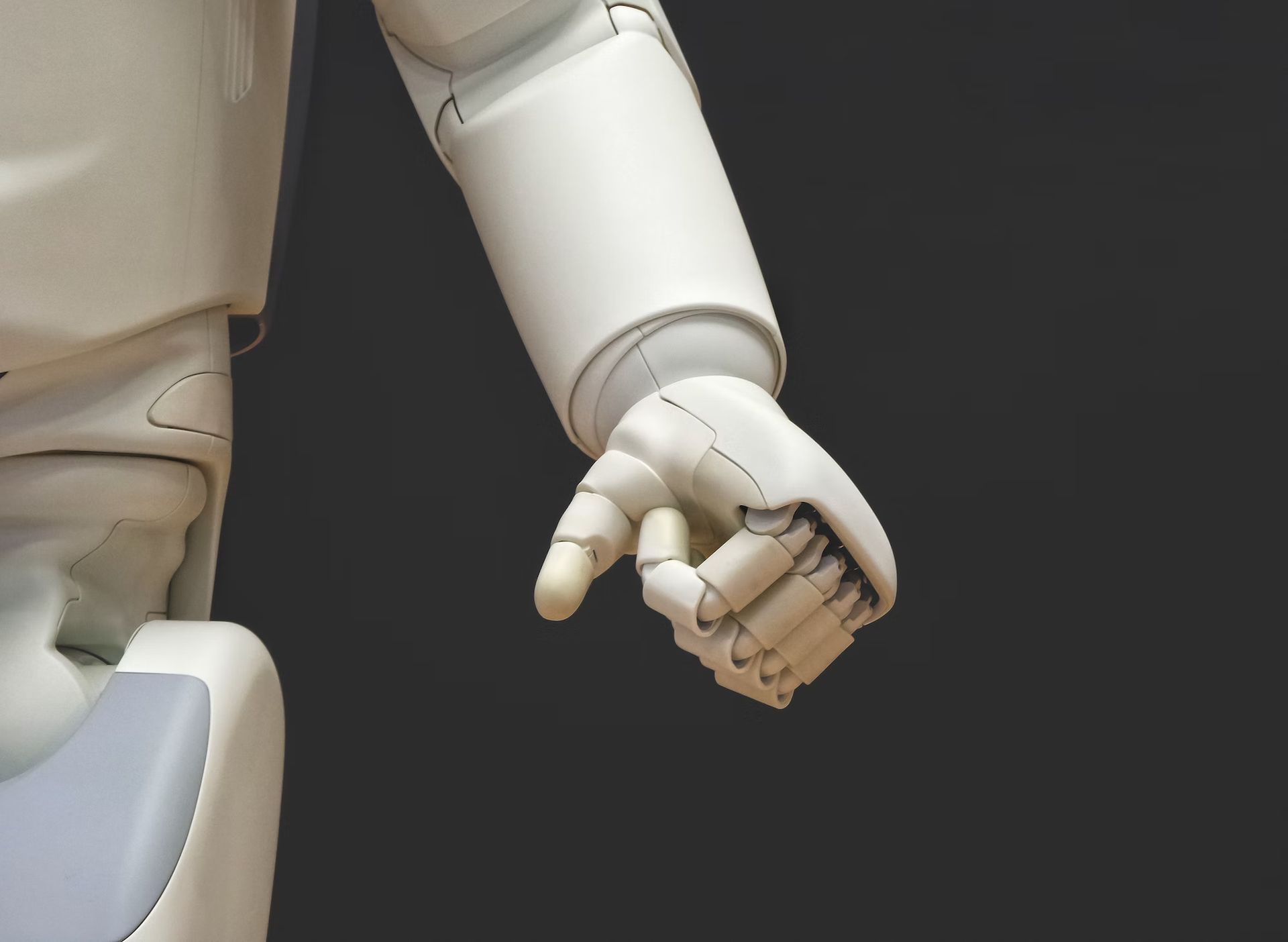What is weak artificial intelligence, and how is it different from other types of artificial intelligence? The answer lies in the nature of its design and function.
As technology continues to advance, artificial intelligence (AI) is becoming more prevalent in our daily lives. One type of AI that has gained significant traction is weak artificial intelligence, also known as narrow AI. Unlike strong AI or artificial general intelligence, which is designed to replicate human intelligence and consciousness, weak AI is highly specialized and designed to perform specific tasks or functions, such as voice recognition or image classification.
Weak AI is already having a significant impact on our daily lives, with personal digital assistants, image and voice recognition, chatbots, and recommendation systems being just a few examples of its applications. Businesses are also increasingly relying on weak artificial intelligence to automate tasks and improve efficiency, from predictive analytics to supply chain management.
One critical aspect of weak AI is its dependence on data. Weak AI systems require significant amounts of data to learn and improve, making data collection, processing, and storage essential components of its development and deployment. As the use of weak artificial intelligence continues to grow, the importance of data management will only increase, as the quality and quantity of data will determine the accuracy and effectiveness of the AI’s output.
Definition of weak artificial intelligence
Weak artificial intelligence, also known as Narrow AI, refers to a type of AI that is designed to perform specific tasks within a narrow domain. Unlike strong AI or artificial general intelligence (AGI), which aims to replicate human-level intelligence across a wide range of tasks, weak AI is designed to excel in a limited set of predefined tasks.
Weak AI systems can process vast amounts of data, identify patterns, and make decisions based on that data. They can perform specific functions such as speech recognition, image classification, and natural language processing. However, these systems lack the cognitive abilities of human beings, such as self-awareness, consciousness, and general intelligence.
While weak artificial intelligence may not be able to match human-level intelligence, it has revolutionized the world of technology and has brought about significant advancements in various industries, including healthcare, finance, and transportation.

Importance of understanding weak AI
It is essential to understand the concept of weak AI because it is the most prevalent form of AI that exists today. Here are some key points explaining the importance of understanding weak artificial intelligence:
- Narrow task-specific applications: Weak artificial intelligence systems are designed to perform specific tasks, and understanding their capabilities and limitations can help businesses determine the most effective ways to implement them.
- Cost-effective: Compared to Strong AI, Weak AI is much more cost-effective and requires less computational power. As such, businesses can leverage Weak AI technologies to solve business problems at a fraction of the cost of Strong AI systems.
- Impact on society: Weak AI has the potential to impact society in significant ways. Understanding its implications can help businesses and policymakers develop ethical guidelines and regulations for AI.
- Potential for innovation: Understanding Weak artificial intelligence can help businesses identify opportunities for innovation and new product development, leveraging AI technologies to create new and improved products and services.
- Workforce impact: As AI technologies become more prevalent in the workplace, understanding Weak AI can help businesses determine how these technologies will impact the workforce and prepare for the transition to an AI-enabled workplace.
Artificial intelligence is both Yin and Yang
Characteristics of weak artificial intelligence
Weak artificial intelligence is designed to perform specific tasks or functions and is not capable of performing tasks outside of its programmed capabilities. It has limited learning abilities and requires significant amounts of data to function effectively. Weak AI systems are not autonomous and require explicit instructions to perform any action. They are highly accurate in their specialized area of expertise but lack consciousness, emotions, and self-awareness. Weak AI is designed for efficiency and scalability, with a primary goal of automating tasks and increasing productivity.
- Task-specific design: Weak artificial intelligence is designed to perform specific tasks or functions, and it excels in those areas of expertise. It is not capable of performing tasks outside of its programmed capabilities.
- Limited learning: While some weak AI systems can learn and improve over time, they are limited in their learning abilities. They require significant amounts of data to learn and can only improve within their narrow area of expertise.
- Lack of autonomy: Weak AI systems are not autonomous and require explicit instructions to perform any action. They cannot make decisions on their own, and their actions are limited to the instructions provided to them.
These are just some possible characteristics of weak artificial intelligence, and it is important to note that not all weak AI systems will exhibit all of these characteristics. Understanding the unique characteristics of each AI system is essential for using it effectively and safely.

Examples of weak artificial intelligence
Let’s explore the real-life applications of weak AI.
Personal digital assistants
Personal digital assistants are one of the most common examples of weak AI systems in use today. They are designed to assist users with various tasks and are powered by natural language processing and machine learning algorithms. Some popular examples include:
- Siri (Apple)
- Alexa (Amazon)
- Google Assistant (Google)
- Cortana (Microsoft)
Image and voice recognition
Another common application of weak artificial intelligence is image and voice recognition, which is used in a variety of applications, including security, marketing, and entertainment. Some examples include:
- Face ID (Apple)
- Snapchat Filters
- Shazam (Apple)
- Google Photos

Chatbots
Chatbots are another example of weak AI systems designed to automate customer service and support tasks. They are powered by natural language processing and machine learning algorithms and are used in a variety of industries, including finance, healthcare, and e-commerce. Some examples include:
- Mitsuku (Pandorabots)
- Chatfuel (Chatfuel)
- TARS (Hellotars)
- Flow XO (Flow XO)
Recommendation systems
Recommendation systems are used to personalize content and product recommendations for users based on their past behavior and preferences. They are used in a variety of industries, including e-commerce, media, and entertainment. Some examples include:
- Netflix
- Amazon Recommendations
- Spotify
- YouTube Recommendations
These are just a few examples of weak AI systems in use today. As AI technology continues to evolve, we can expect to see more applications of weak AI in a variety of industries and use cases.
Advantages of weak artificial intelligence
Weak artificial intelligence offers several advantages over other types of AI, including strong AI or artificial general intelligence (AGI). Here are some potential advantages of weak AI:
- Cost-effective: Weak artificial intelligence is generally more cost-effective to develop and deploy than other types of AI. Since it is designed to perform specific tasks or functions, it requires less computational power and data storage than AGI, making it more accessible to businesses and individuals.
- Efficiency: Weak AI is designed for efficiency, with the primary goal of automating tasks and increasing productivity. It can perform repetitive and labor-intensive tasks more quickly and accurately than humans, freeing up time for more creative and complex work.
- Improved accuracy: Weak artificial intelligence is highly accurate in its specialized area of expertise, and it can perform tasks with a higher degree of precision than humans. This can lead to fewer errors and mistakes in industries such as healthcare, finance, and manufacturing.
- Personalization: Weak AI systems can be used to personalize content and product recommendations for users based on their past behavior and preferences. This can lead to higher customer satisfaction and loyalty, as users receive more relevant and useful recommendations.
- Scalability: Weak AI systems can be easily scaled to accommodate large volumes of data and users. As the amount of data and user interactions increases, weak artificial intelligence can continue to perform effectively and efficiently without requiring significant modifications or updates.
Best artificial intelligence tools to improve productivity in 2022
Limitations of weak artificial intelligence
While weak artificial intelligence offers many advantages, it also has some significant limitations. Here are some potential limitations of weak AI:
- Limited scope: Weak artificial intelligence is designed to perform specific tasks or functions and is not capable of performing tasks outside of its programmed capabilities. This means that it may not be suitable for tasks that require a broader understanding of context or decision-making outside of its area of expertise.
- Dependence on data: Weak AI systems require large amounts of data to function effectively. This means that they may not be suitable for tasks that require specialized or rare data, or in situations where data is unavailable or unreliable.
- Lack of creativity: Weak AI is designed to automate tasks and is not capable of generating new ideas or concepts. This means that it may not be suitable for tasks that require creative problem-solving or innovation.
- Bias: Weak artificial intelligence systems are only as unbiased as the data used to train and program them. This means that they may perpetuate existing biases or discriminatory practices, particularly in areas such as hiring, lending, and criminal justice.
- Limited learning abilities: While some weak AI systems can learn and improve over time, they are limited in their learning abilities. They require significant amounts of data to learn and can only improve within their narrow area of expertise.
- Lack of emotion and empathy: Weak AI lacks consciousness, emotions, and self-awareness, meaning it cannot understand human emotions or engage in meaningful interactions. This may limit its usefulness in applications such as mental health or social support.
These are just a few of the potential limitations of weak AI. While weak AI offers many advantages, it is essential to understand its limitations and potential drawbacks to make informed decisions about its use and implementation.

What’s the difference between strong AI and weak AI?
Strong artificial intelligence and weak AI are two different types of AI, with different capabilities and limitations. Here is a detailed explanation of the differences between the two:
- Strong AI, also known as artificial general intelligence (AGI), refers to AI that can perform any intellectual task that a human can. It is designed to be capable of autonomous decision-making, self-awareness, and consciousness, and it can learn and adapt to new situations without explicit programming.
- Weak AI, also known as narrow AI, refers to AI that is designed to perform specific tasks or functions, such as voice recognition or image classification. It is designed to excel in a narrow area of expertise and can only perform tasks that it has been specifically programmed for.
The main difference between strong AI and weak AI is their scope of capabilities. While weak AI is highly specialized and designed for specific tasks, strong AI is designed to replicate human intelligence and consciousness, with the ability to perform any intellectual task that a human can.
Another difference is their level of autonomy. While strong AI is designed to be autonomous and self-aware, weak AI is dependent on explicit instructions and cannot make decisions on its own.
| Strong AI | Weak AI | |
| Capabilities | Can perform any intellectual task that a human can | Highly specialized, designed for specific tasks |
| Autonomy | Autonomous and self-aware | Dependent on explicit instructions |
| Learning | Can learn and adapt to new situations without explicit programming | Limited learning abilities, require significant amounts of data to improve |
| Consciousness | Designed to replicate human consciousness | Lacks consciousness, emotions, and self-awareness |
| Examples | No examples currently in existence | Personal digital assistants, image and voice recognition, chatbots, recommendation systems |
In summary, the main differences between strong AI and weak AI are their scope of capabilities, level of autonomy, learning abilities, consciousness, and examples of applications. While strong AI is still largely a theoretical concept, weak AI is prevalent in many aspects of our daily lives.
Conclusion
Back to our original discussion: What is weak artificial intelligence? Well, as we have seen, weak AI is an increasingly prevalent form of AI that is highly specialized and designed to perform specific tasks or functions. While it has significant advantages, such as cost-effectiveness and efficiency, it also has limitations, such as its dependence on data and limited learning abilities. As businesses and individuals continue to integrate weak AI into their daily lives, it is essential to understand its capabilities, limitations, and impact on our society.





